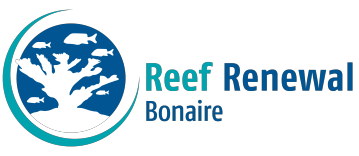The goal of our monitoring protocol is to assess the success and efficacy of the coral restoration effort through the collection of data like survival, coral condition (tissue health, disease, bleaching, predation, etc.) and growth.
Our coral restoration monitoring methods, like traditional methods, have focused mainly on the survival and growth of individual outplanted coral colonies. This provides useful information for understanding the success of the individual outplants and comparing the performance of different genotypes in the short-term. But over time (3-5+ years), it becomes difficult to keep track of these individuals as they fuse with other outplants of the same genotype, move about after storms, and/or fragment and create additional colonies.
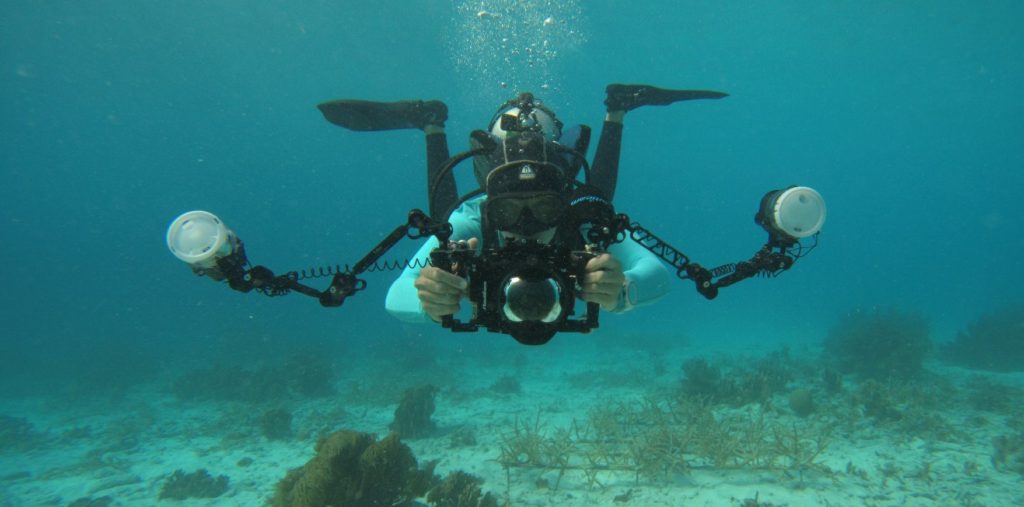
Why Photomosaics?
At the end of 2017, in order to develop a monitoring protocol that would allow us to get meaningful and comparable results over time and with other projects worldwide, we distinguished two different time frames (short- and long-term) and started using a photogrammetric method to expand our monitoring program from colony-based to site-based through the use of photomosaics.
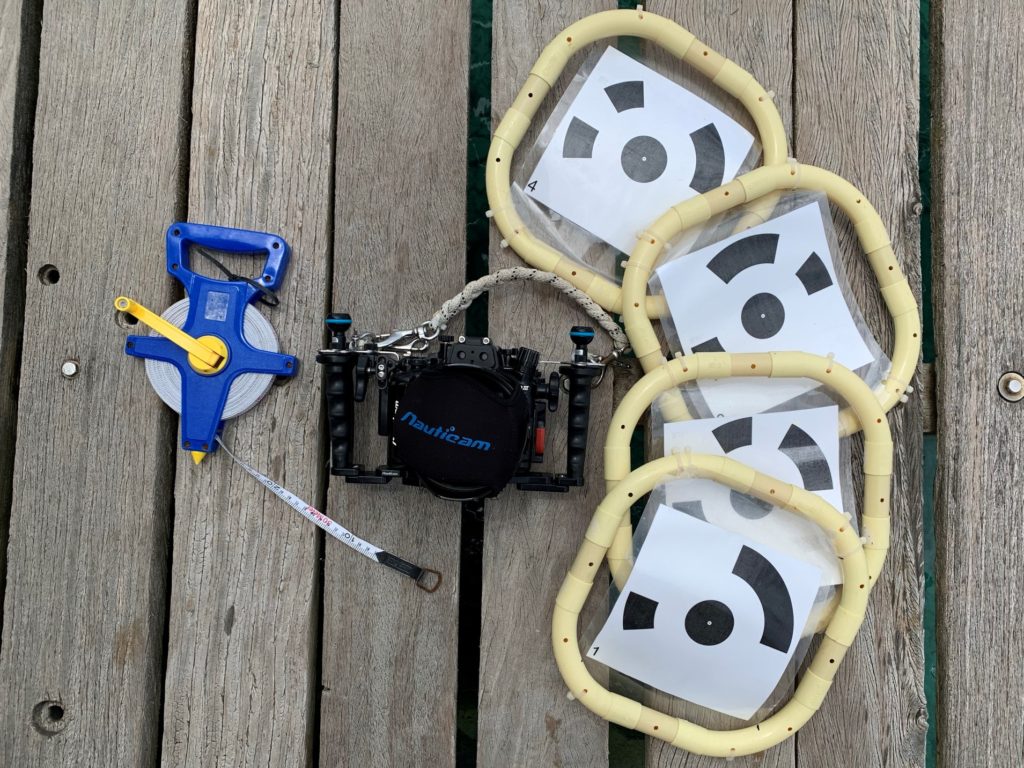
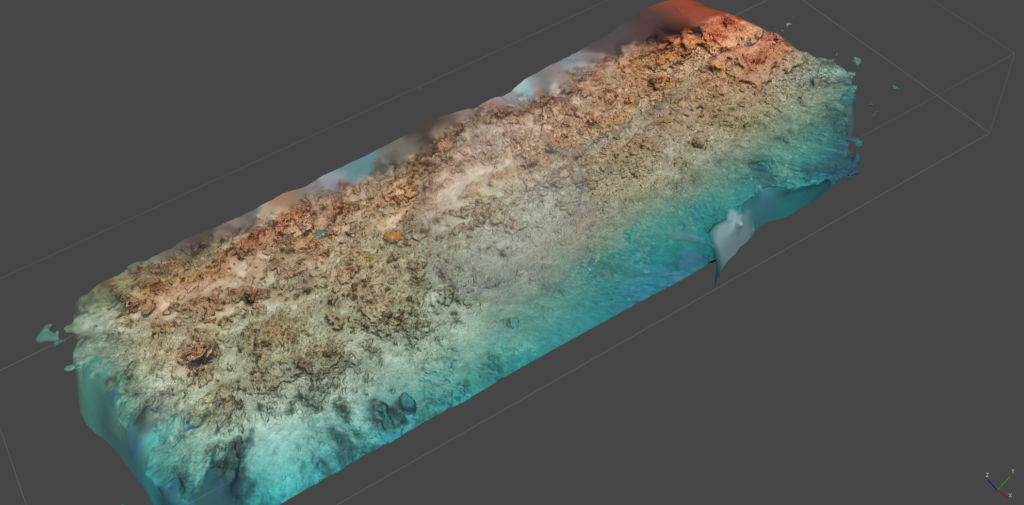
A photomosaic is an image created by hundreds, or even thousands, of pictures stitched together to create a single high resolution image of the entire outplanting plot. Overlapping pictures are taken at regular time-lapsed intervals, swimming underwater above the site. Scale bars and targets are temporarily placed on the reef and used later to scale and make photogrammetric measurements from a reconstructed model. Up until now, we have created mosaics of Bonaire reef areas that extend 500m2-3,000m2, but by increasing our processing capacity, we could soon apply this technique to wider areas.
This method offers multiple advantages over the existing approaches of measuring corals and other benthic features that we want to track over time. Photomosaics allow us to track how coral colonies grow and how specific genotypes perform at restoration sites over time. We can analyse the whole outplanting plot, tracking coral cover and density, and get a better understanding of how the coral patches form, expand, and contract.
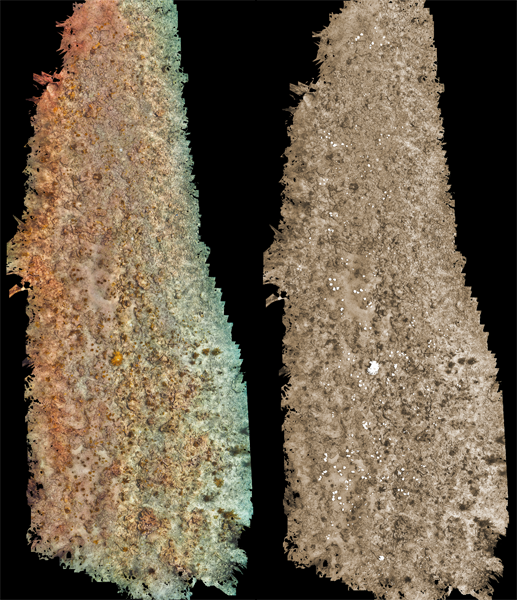
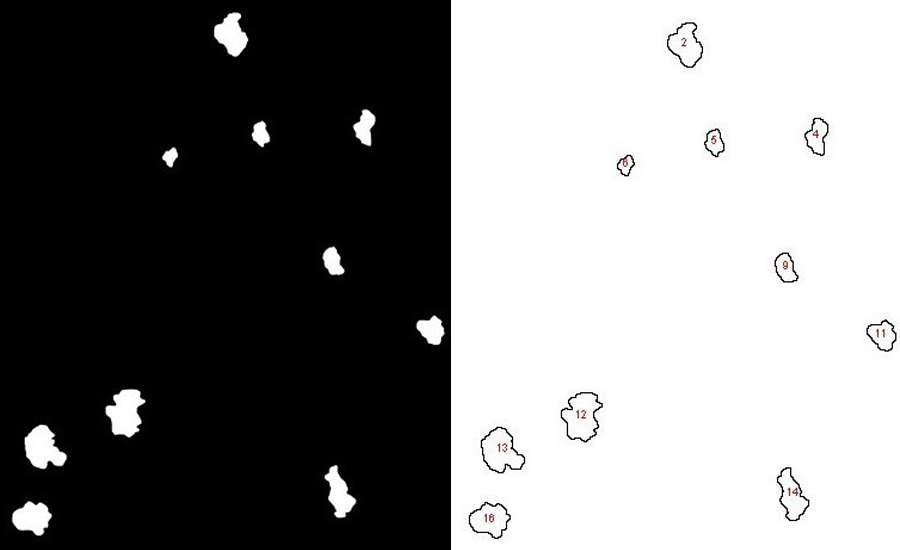
As restoration practitioners, it is crucial to continuously collect relevant large-scale data to inform procedural adjustments aimed at scaling up and improving our technique. Furthermore, measuring corals underwater is labour-intensive and time-consuming, especially if the goal is to measure every coral colony at an ecologically-relevant scale. Measurements of spatial features with this method are automated, thus significantly reducing multiple weeks of human labour to hours of computation time.
